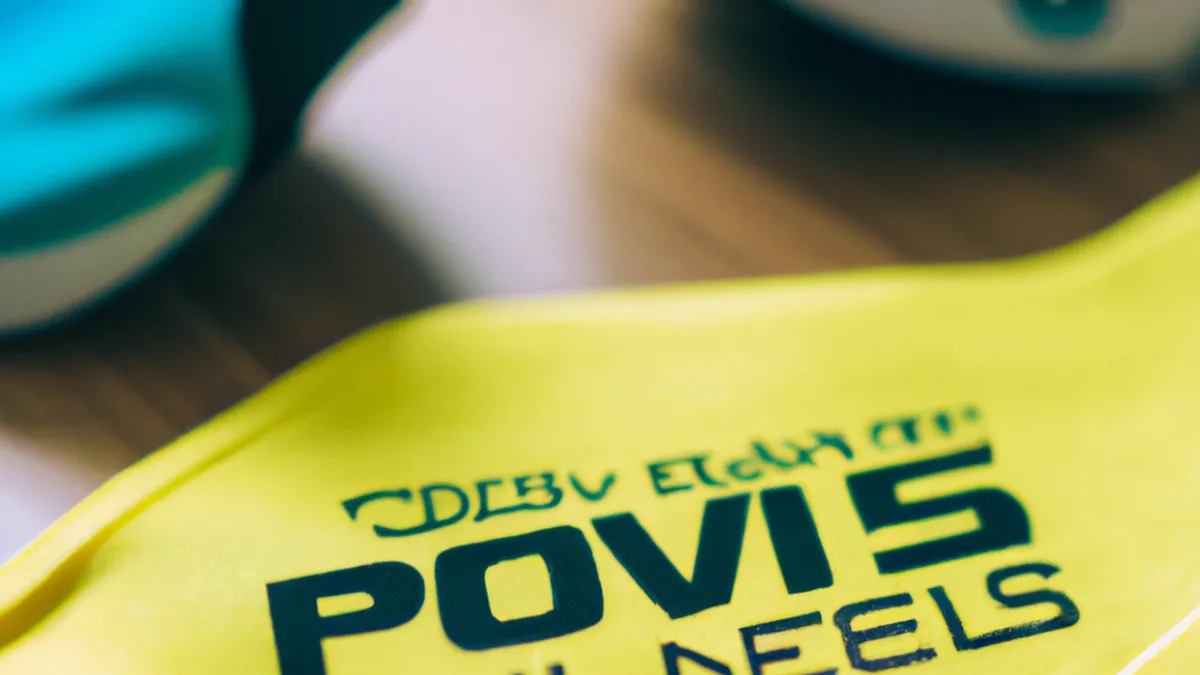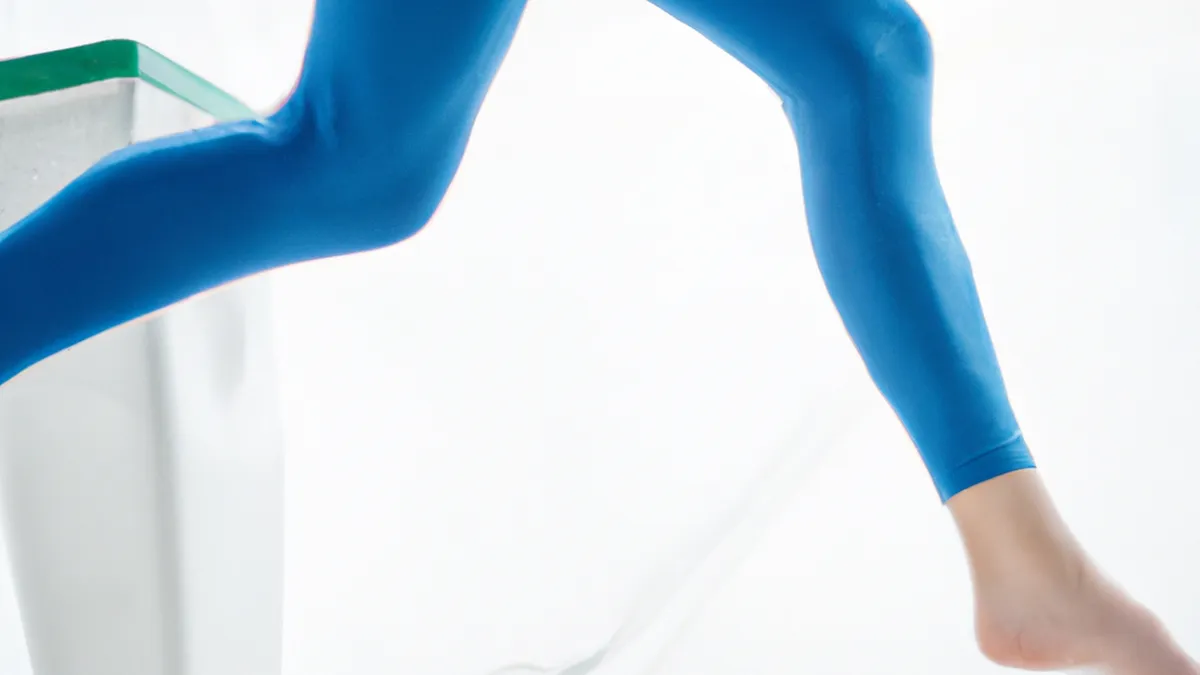Plyos: Elevate Your Game Today
Plyometric Exercises for AgilityPlyometric exercises enhance agility, explosiveness, and overall athletic performance. These high-intensity movements rapidly stretch and contract muscles. Athletes and fitness enthusiasts can develop power and speed through these exercises. Regardless of your fitness level, incorporating plyometrics into your routine yields significant benefits. This blog explores plyometric exercises, offers tips for effectiveness, highlights their advantages, and provides a safe training approach.
What are Plyometric Exercises?
Plyometric exercises, or “jump training,” utilize the stretch-shortening cycle of muscles. This cycle includes an eccentric (lengthening) phase followed by a concentric (shortening) phase. The quick transition makes plyometric movements explosive. Common examples include jump squats, box jumps, burpees, and plyometric push-ups. These exercises engage multiple muscle groups, combining strength, speed, and coordination. They excel in improving agility.Incorporating plyometric exercises can significantly enhance athletic performance. They improve agility, balance, coordination, and body control. By using body weight, these movements engage your core and lower body, building strength and power.
Tips for Effective Plyometric Training
As an Amazon Associate I earn from qualifying purchases.
Gear tip: consider compression sleeves, compression socks, and percussive massager to support this topic.
1. **Warm-Up Properly** Prepare your muscles and joints before starting any plyometric workout. A proper warm-up includes dynamic stretches and light cardio. This preparation increases blood flow and elevates your heart rate. It reduces injury risk and primes your muscles for explosive movements.2. **Focus on Form** Maintain proper form during plyometric exercises for safety and effectiveness. Poor technique can lead to injuries, so prioritize form over intensity. Land softly on the balls of your feet with knees slightly bent. Align your knees with your toes to prevent strain and ensure stability.3. **Start Slow** If you’re new to plyometrics, begin with basic exercises to build a solid foundation. Gradually increase intensity and complexity as your body adapts. This approach develops strength and coordination without overwhelming your muscles and joints.4. **Incorporate Variety** Keep your workouts engaging by mixing different plyometric exercises. Include lateral movements, vertical jumps, and bounding exercises. This variety challenges your body in multiple ways, preventing plateaus and fostering improvement.
Advice for Progressing Your Plyometric Workouts
1. **Increase Repetitions and Sets** As you become comfortable with plyometric training, gradually increase repetitions and sets.
Conclusion
Incorporating plyometric exercises enhances agility and overall athletic performance. Prioritize form, warm-up, and variety for effective training.
Below are related products based on this post:
FAQ
What are plyometric exercises?
Plyometric exercises, also known as “jump training,” involve high-intensity movements that utilize the stretch-shortening cycle of muscles. This cycle consists of an eccentric phase followed by a concentric phase, allowing for explosive movements. Common examples include jump squats, box jumps, and burpees, which engage multiple muscle groups to improve agility and power.
How can I effectively incorporate plyometric exercises into my routine?
To effectively incorporate plyometric exercises, it’s essential to warm up properly with dynamic stretches and light cardio. Focus on maintaining proper form to prevent injuries and start with basic exercises if you’re new to this type of training. Gradually increase intensity and incorporate a variety of movements to keep your workouts engaging and challenging.
What are the benefits of plyometric training?
Plyometric training offers numerous benefits, including enhanced agility, balance, coordination, and overall athletic performance. By using body weight, these exercises strengthen the core and lower body, leading to improved power and speed. Additionally, they help build a solid foundation for more advanced athletic movements.















Post Comment